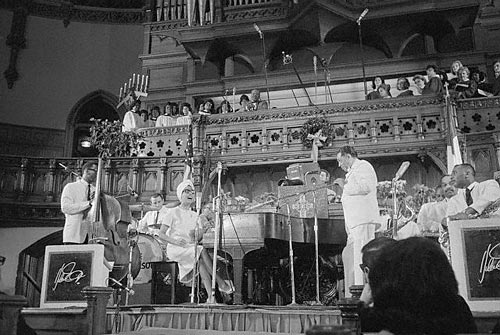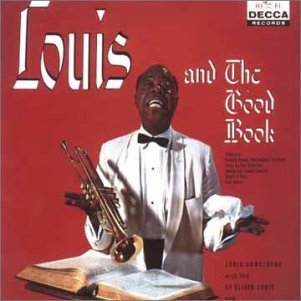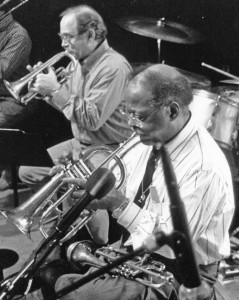In this season of gratitude, we acknowledge the wealth of freedoms we enjoy by paying tribute to the inventors of spirituals. Born out of misery and sorrow, spirituals were the folk music of generations of slaves – and a source of inspiration and motivation to keep striving for freedom. Almost four hundred years ago the first cargo of African slaves arrived in Jamestown, Virginia. Slave ships kept arriving on these shores for some 250 years until President Lincoln signed the Emancipation Proclamation in 1865.
By the late 1800s Spirituals were widely popular with black and white congregations throughout the country, and could be found in hymnals of almost every denomination. By the 1950s it was common for grade school children across the nation to sing spirituals like "Swing Low, Sweet Chariot" in their classrooms.
How do spirituals and hymns fit into a life filled with jazz? For generations of jazz men, Spirituals were their first introduction to a love of music. From childhood days in church to grandparents singing favorites on long-ago Sunday mornings, Spirituals and Hymns inspired their work in jazz.
This week on Riverwalk Jazz we "break bread together" with songs in the spirit of Thanksgiving. New Orleans' Topsy Chapman joins The Jim Cullum Jazz Band, lending her soulful vocals to classic Spirituals and Gospel Hymns. And three legends of American music—trumpeters Clark Terry and "Sweets" Edison, and bass-baritone William Warfield—perform with the band and share heartfelt and humorous family stories of what this music has meant in their lives.
Cornetist Jim Cullum on performing spirituals and hymns as a jazz musician:
"My special interest is in the spirit that's in the music and the spirit that's in the Eucharist. There are many parallels here. The breaking of the bread that, for me, contains a powerful symbol of the miracle of life combines with a spirit of Thanksgiving. I think this has much in common with the melancholy, but at the same time, joyous spirit of the early jazz music I love. These hymns and spirituals say all of this. They express pain and anguish akin to the blues and still they are joyous."
Photo credit for Home Page: William Warfield on Riverwalk Jazz. Photo courtesy Riverwalk Jazz.
Text based on Riverwalk Jazz script by Margaret Moos Pick © 2010




